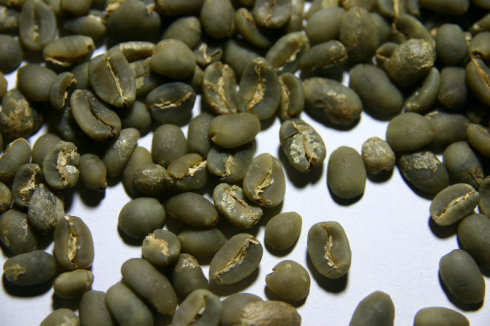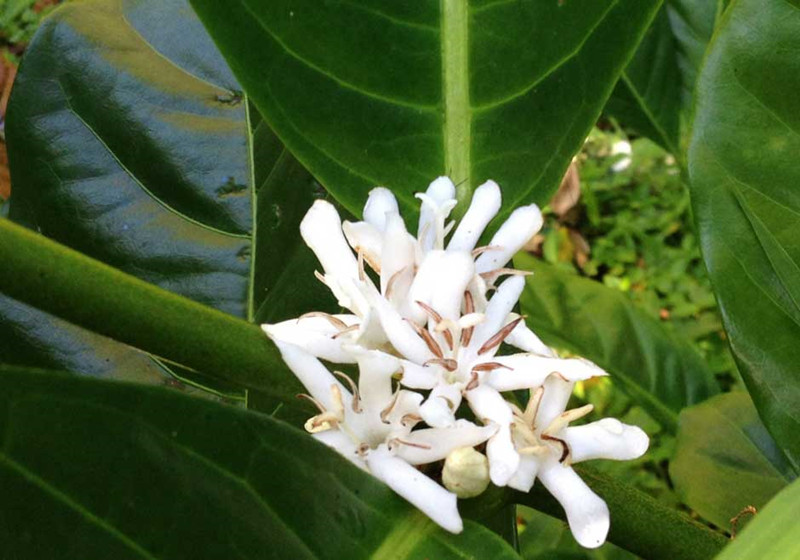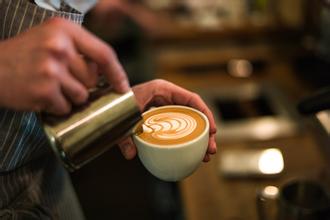On the difference between Arabica Coffee and Robusta Coffee Manning cat shit is like shit coffee beans
The global coffee bean species are mainly divided into Arabica and Robusta, of which Arabica coffee beans account for about 65%-80%.
Arabica coffee planting conditions are more stringent, disease resistance is weak, altitude requirements are higher, growth is slower, quality is higher, and green beans are more refined. Arabica coffee beans are delicate and slender in shape, relatively large and uniform in size, different in origin with different flavors and aromas, rich in taste and different in taste! This makes it the only coffee of these native species that can be drunk directly and alone, as a single serving or as an Italian blend.
Robusta coffee is adaptable, easy to grow, fast growing, high yield, and generally low quality raw beans (there are also a small amount of washed refined Robusta). Robusta coffee is round and rough in appearance, relatively small in size, mixed in beans, bright and strong in flavor, mainly bitter, with a bad rubber taste or moldy odor due to its low level of raw bean processing, most of the Robusta coffee beans are not suitable for drinking as single coffee, and a few Robusta beans are used as Italian blending ingredients, and the proportion is very low (but it is not excluded that very few high-quality Robusta beans can reach more than half). Robusta coffee is generally used in industrial coffee production such as instant coffee (which produces about twice the amount of coffee extracted from Arabica), canned coffee, and liquid coffee. The caffeine content is much higher than that of Arabica, which is about 3.2%.

Source:
A bucket of coffee baking blog
Important Notice :
前街咖啡 FrontStreet Coffee has moved to new addredd:
FrontStreet Coffee Address: 315,Donghua East Road,GuangZhou
Tel:020 38364473
- Prev

Robusta Coffee Bean introduction the difference between Robusta and Arabica between Italian style and single product
Uganda, the birthplace of Robusta coffee. Just as Ethiopia is the native place of Arabica coffee, robusta coffee was first found in Uganda; it has low ripe fruit aroma, red wine flavor and thick mellow thickness. it is quite different from other East African countries in flavor characteristics, and some flavors.
- Next

National barista professional standard the country's best barista training barista professional qualification certificate
According to the relevant provisions of the Labor Law of the people's Republic of China, in order to further improve the system of national vocational standards and provide a scientific and standardized basis for vocational education, vocational training and vocational skills appraisal, the Ministry of Labor and Social Security organized relevant experts to formulate the "National Professional Standard for baristas (trial)" (hereinafter referred to as "Standard"). I. this Standard is objective.
Related
- What is the meaning of lactic acid fermentation with coffee bean treatment?
- How to judge the state of foam by sound?
- How does the latte pull out the unicorn pattern? Come to get for a little trick to improve the flower pull!
- Will flower pulling affect the taste of the latte?
- Do you know the history of coffee?
- The difference between honey treatment and sun washing what is raisin honey treatment?
- What kind of milk can a novice use to make coffee foam to keep the foam longer? The correct method and skills of milking tutorial sharing
- Why do washed coffee beans taste sour? Flavor characteristics of washed Coffee
- Introduction to the skill of how to practice the size and height of water injection around the circle of hand-brewed coffee
- How do beginners practice coffee flower drawing from scratch?

